Breadcrumb
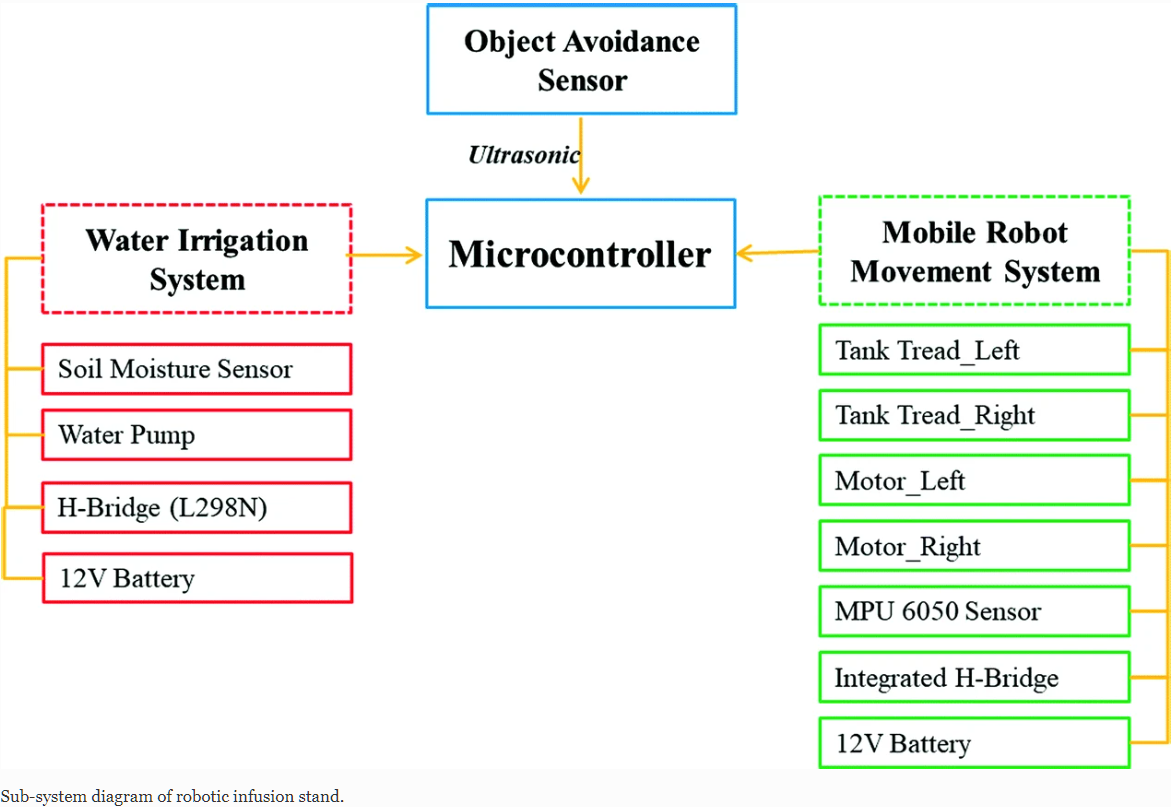
Optimal Proportional Integral Derivative (PID) Controller Design for Smart Irrigation Mobile Robot with Soil Moisture Sensor
Uncertainty on the condition of the weather always give a major headache to the agricultural industry as the cultivated plant that is grown on a large scale commercially rely on the condition of the weather. Therefore, to reduce the interdependency on the weather itself, a recommendation to develop a prototypic mobile robot for smart irrigation is submitted. Smart irrigation system is an essential tool from yield point of view and scarcity of the water. This smart irrigation system adopts a soil moisture sensor to measure the moisture content of the soil and automatically provide a signal to
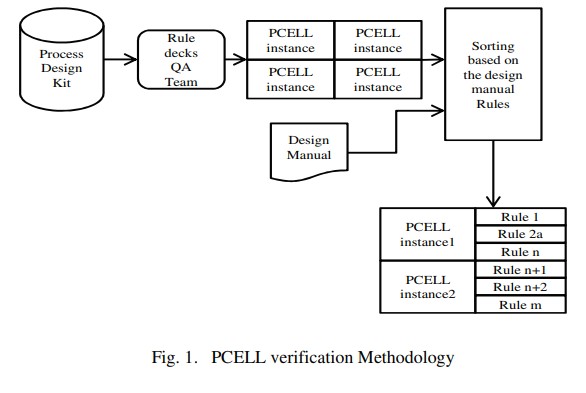
Parametric Analysis of Optical Microring Resonator
This article presents the parametric analysis of the optical microring resonator. It includes the numerically simulated analysis. The mathematical formulation represents the several relations that could influence the performance of optical microring resonator. The simulations give the graphical representations of ring resonator performances by the alteration of various parameters. In this paper, we have analyzed the variations in quality factor, extinction ratio and the resonance peak of an optical microring resonator with changes in effective refractive index, length of the ring and the group
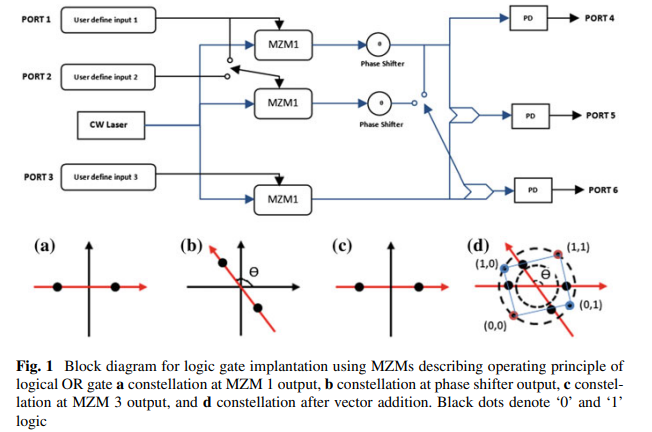
Polarization Encoded Multi-logic Functions with Direct Detection
In this paper, a new scheme for the realization of an optical logic circuit using Mach–Zehnder modulators (MZM) with direct detection has been proposed. Amplitude and phase information of the optical signals have been used for the differentiation of optical signals into four different states that can be represented using two binary inputs, while direct detection has been used for the effective mapping of these states with their respective binary outputs. The realization of seven logic gates, two reversible optical logic gates (Feynman and double Feynman gates) and half adder and half
Discretization of emperor penguins colony algorithms with application to modular product design
Modularity concepts attracted the attention of many researchers as it plays an important role in product design problems. Modularity requires dividing a product into a set of modules that are independent between each other and dependent within. The product is represented using Design Structure Matrix (DSM). DSM works as a system representation tool; it visualizes the interrelationship between product elements. In this research, a comparison is conducted between four optimization algorithms: Emperor Penguins Colony (EPC), First Modified Emperor Penguins Colony (MEPC1), Second Modified Emperor

Optimized Edge Detection Technique for Brain Tumor Detection in MR Images
Genetic algorithms (GAs) are intended to look for the optimum solution by eliminating the gene strings with the worst fitness. Hence, this paper proposes an optimized edge detection technique based on a genetic algorithm. A training dataset that consists of simple images and their corresponding optimal edge features is employed to obtain the optimum filter coefficients along with the optimum thresholding algorithm. Qualitative and quantitative performance analyses are investigated based on several well-known metrics. The performance of the proposed genetic algorithm-based cost minimization
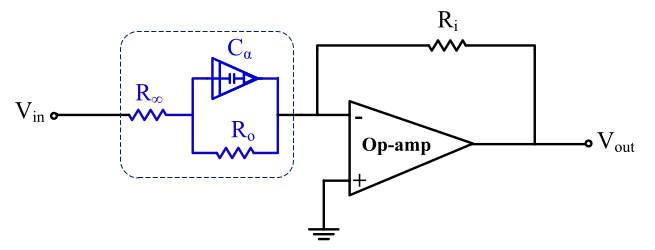
A Modified Differentiator Circuit for Extracting Cole-Impedance Model Parameters Using Meta-heuristic Optimization Algorithms
A differentiator-based set up is proposed as an alternative solution to measure bio-impedance. The method is modifying the differentiator circuit, replacing the capacitor with the Cole-impedance model representing the biological (fruit) sample. The proposed differentiator gain response (with the embedded fruit) is experimentally recorded. The experimental data’s post-processing is performed using meta-heuristic optimization techniques to extract the Cole-impedance model unknown parameters by solving a group of nonlinear equations. Three meta-heuristic optimization algorithms are used: the moth
CNTFET design of a multiple-port ternary register file
Ternary number system offers higher information processing within the same number of digits when compared to binary systems. Such advantage motivated the development of ternary processing units especially with CNTFET which offers better power and delay results compared to CMOS-based realization. In this paper, we propose a variety of circuit realizations for the ternary memory elements that are needed in any processor including ternary D-latch, and ternary D-flip-flop. These basic building blocks are then used to design a ternary register file with multiple read and write ports. This paper is

FPGA implementation of integer/fractional chaotic systems
Chaotic systems have remarkable importance in capturing some complex features of the physical process. Recently, fractional calculus becomes a vigorous tool in characterizing the dynamics of complex systems. The fractional-order chaotic systems increase the chaotic behavior in new dimensions and add extra degrees of freedom, which increase system controllability. In this chapter, FPGA implementation of different integer and fractional-order chaotic systems is presented. The investigated integer-order systems include Chua double scroll chaotic system and the modified Chua N-scroll chaotic
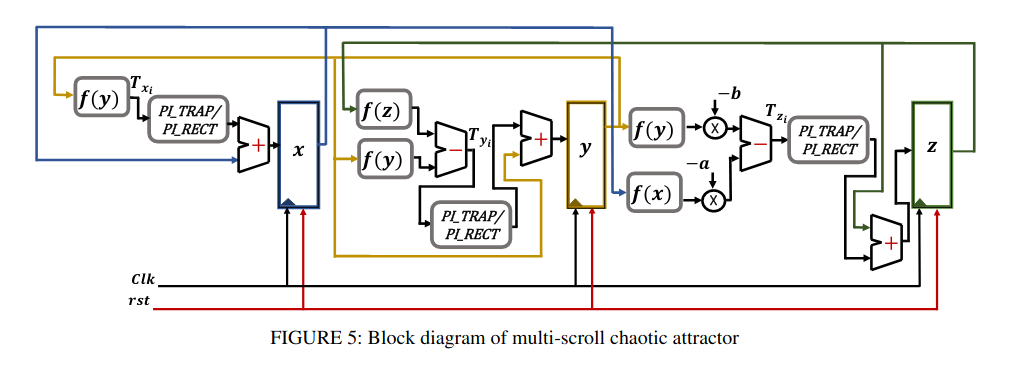
Numerical Simulations and FPGA Implementations of Fractional-Order Systems Based on Product Integration Rules
Product integration (PI) rules are well known numerical techniques that are used to solve differential equations of integer and, recently, fractional orders. Due to the high memory dependency of the PI rules used in solving fractional-order systems (FOS), their hardware implementation is very difficult and resources-demanding. In this paper, modified versions of the PI rules are introduced to facilitate their digital implementations. The studied rules are PI rectangular, PI trapezoidal, and predict-evaluate-correct-evaluate (PECE) rules. The three modified versions of the PI rules are

FPGA implementation of sound encryption system based on fractional-order chaotic systems
This paper introduces design and FPGA implementation of sound encryption system based on a fractional-order chaotic system. Also, it presents the FPGA implementation of Tang, Yalcin, and Özoǧuz fractional order chaotic systems. The Grunwald-Letnikov (GL) definition is used to generalize the investigated systems into the fractional-order domain. Also, the variation of parameters for each system is investigated against the window size of the GL definition. Xilinx ISE 14.5 is used to simulate the proposed design. Also, some hardware reduction techniques are applied to decrease hardware
Pagination
- Previous page ‹‹
- Page 12
- Next page ››
